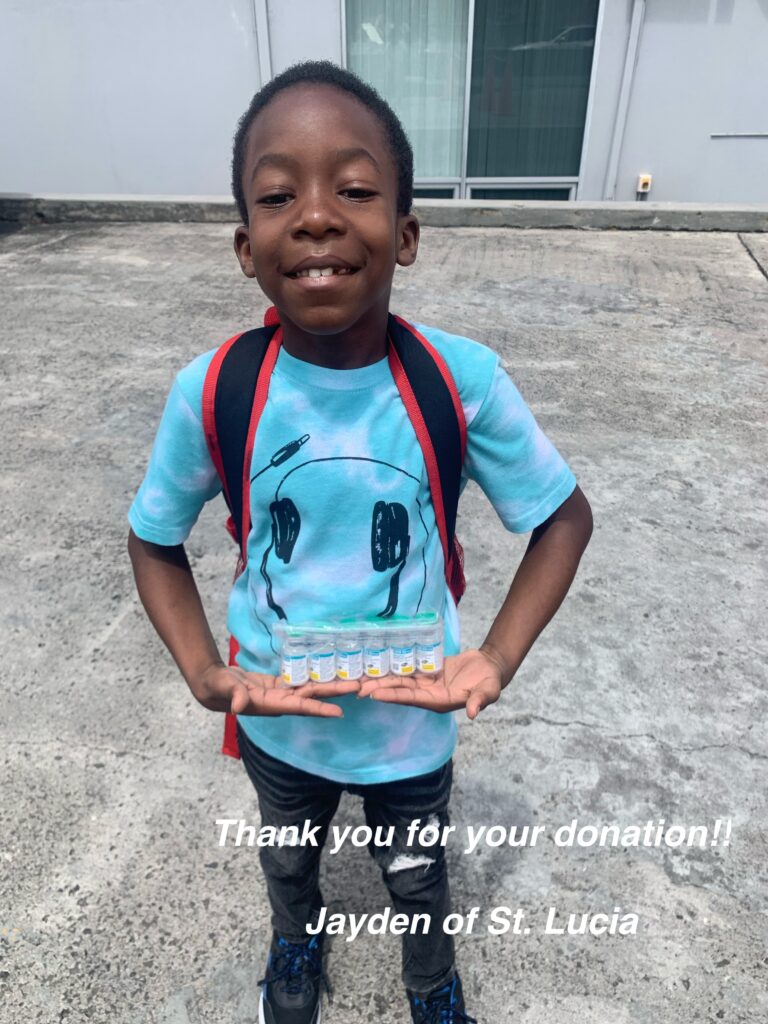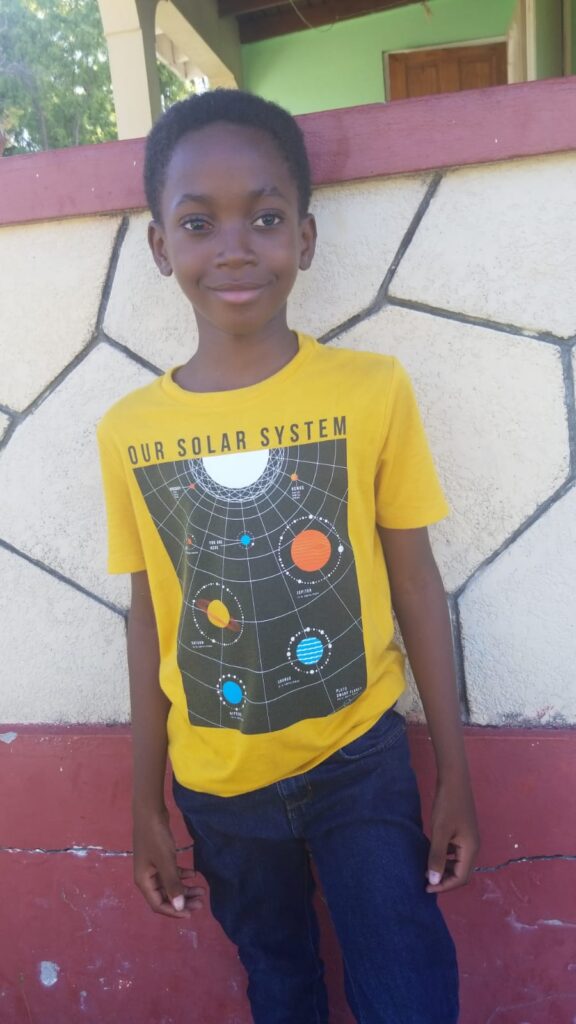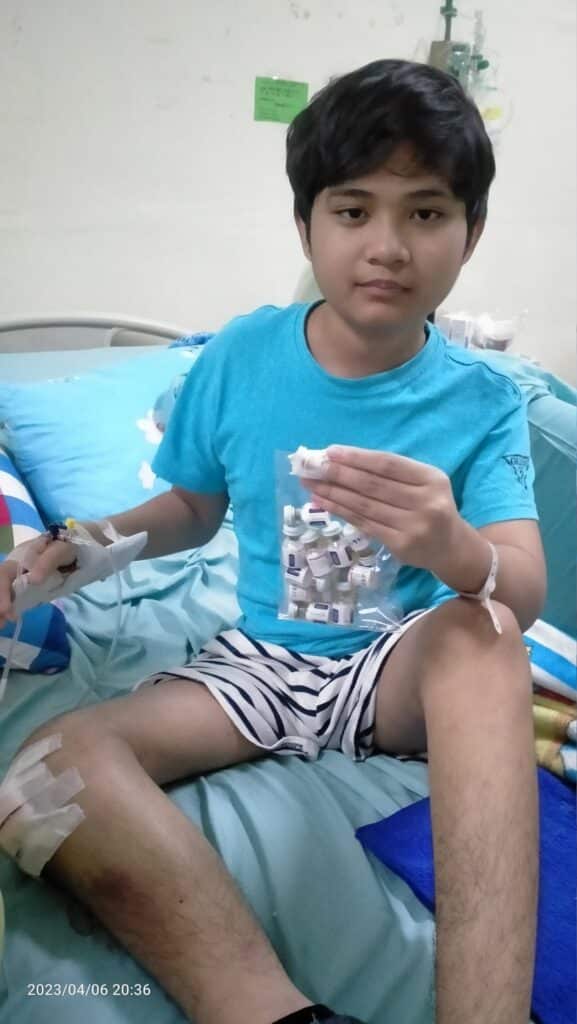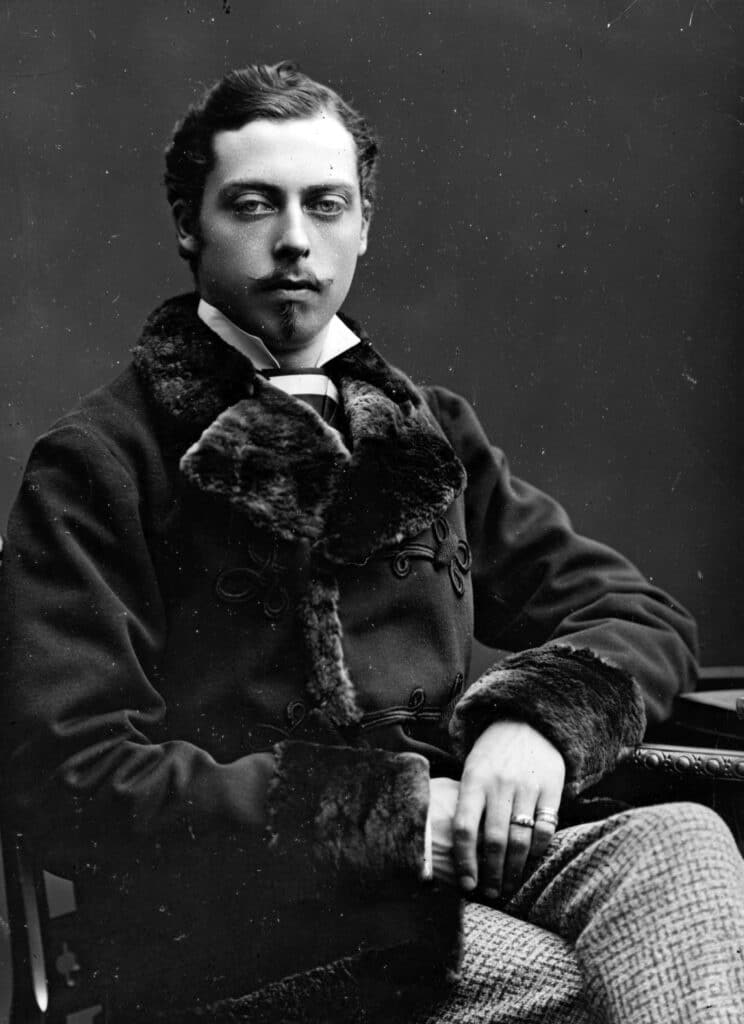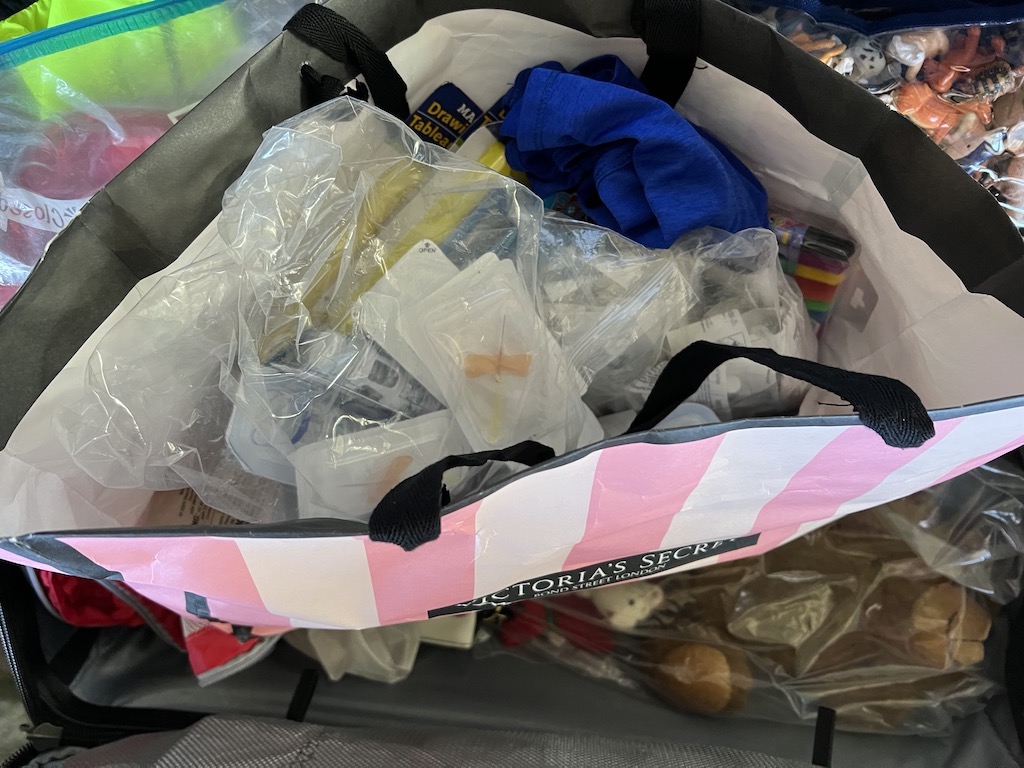Waste not, want not
According to Wikipedia, and many other sites, the US is the largest consumer group in the world, with spending about 69% of our GDP. We are the engine that drives global progress. With consumerism comes waste, of course, and we also reign in that. We generate more waste than any other nation with 4.5 pounds of “municipal solid waste (MSW)” per person per day.
When it comes to hemophilia, we produce the most factor, and we use the most factor. We represent only 4% of the world’s hemophilia population but consumer about 33% of the world’s factor. Do we also waste it?
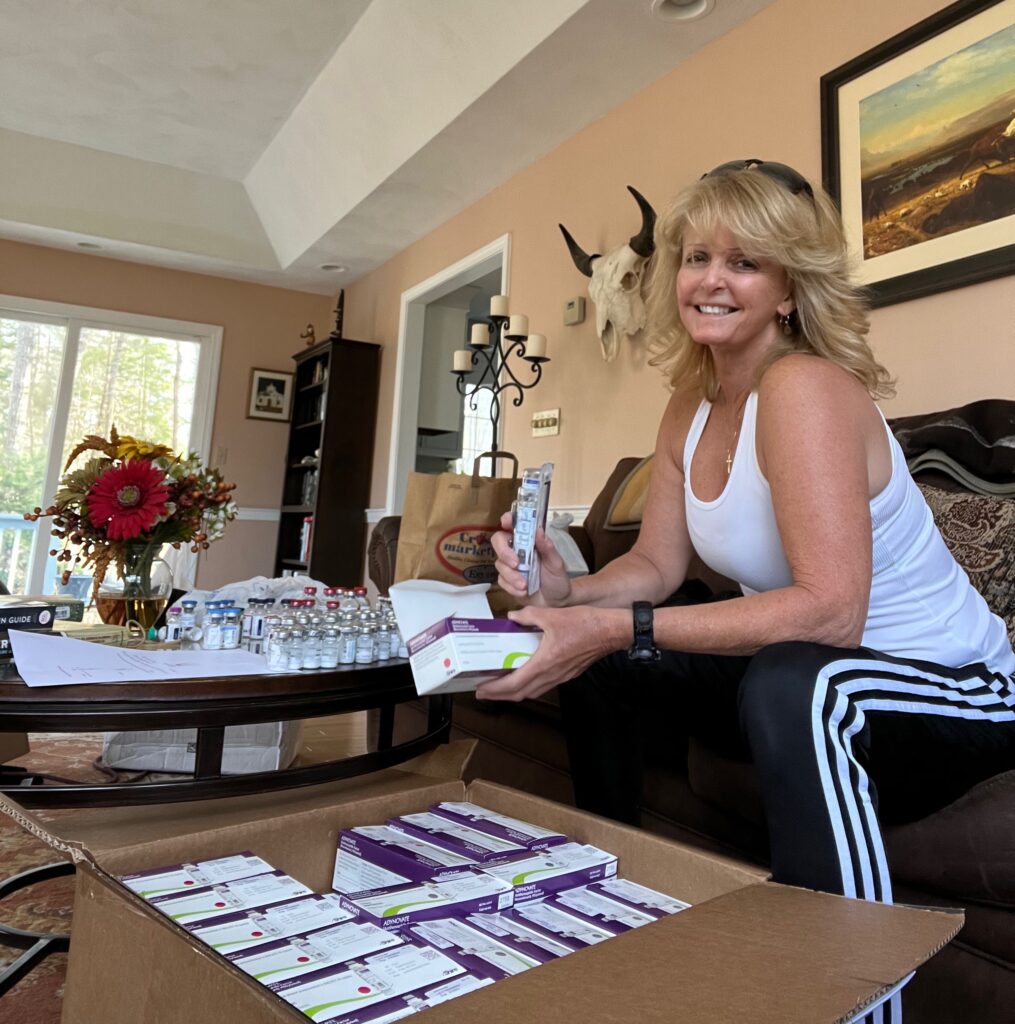
I think we used to. But now, we have a means to recoup unwanted and unused factor. In 1996 I started collecting factor that normally would have been destroyed. What started as 30,000 IU (back then, about $30,000 worth) has grown exponentially. Save One Life, the nonprofit I founded, collects about 7 million IU annually. Its current market value must be about $14 million if the donations instead were sold commercially. And it’s shipped out to about 35 countries each year (70 different ones in total).
And I collect the rest.
I can’t bear to waste anything and am always looking for ways to provide value and keep from adding to our consumer waste. It was amazing to learn how much factor is out there that no one wants.
Why is that? New products primarily. It used to be donations from loved ones who died from HIV; families would donate their factor. Then it was inhibitors; if ITT didn’t work, if a standard factor didn’t work, people would send to me. Now it’s mostly new products, which are coming on fast and furious.
How fast and furious? When I returned home from two weeks in the Caribbean (where I hand delivered about 250,000 IU), I found I had another 1 million IU shipped to me. In two weeks.
In just two months, March and April, I was donated 2 million IU, all from specialty pharmacies, patients and a few HTCs. With the new products and gene therapy, this would be a banner year for donations.
And what do I do with it? I ship it to patients all over the world. To some countries where there are no hemophilia programs or national organizations at all (like many of the Caribbean islands). To places where factor is available, like in Vietnam, but only at the major cities and hospitals, far from where many of the patients live. Thanks to FedEx, we get the factor there in no time.
It has been a godsend for so many. So I want to thank all of you for your donations. With each donation, I send a personal thank you note and a photo of a child you helped, like these boys below.
Consumerism isn’t all that bad, when we can truthfully pledge, “Waste not, want not.” Lives depend on it.
